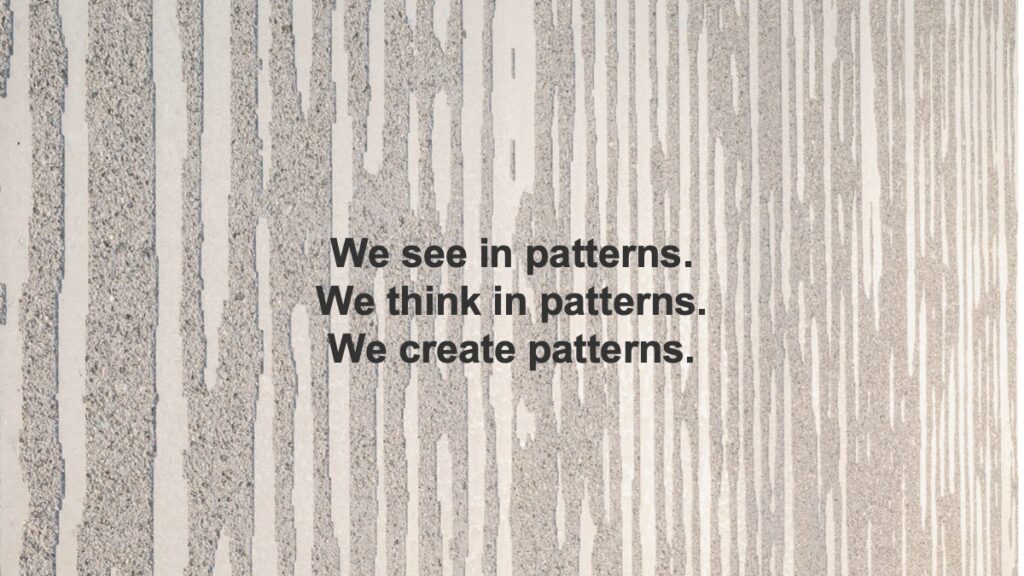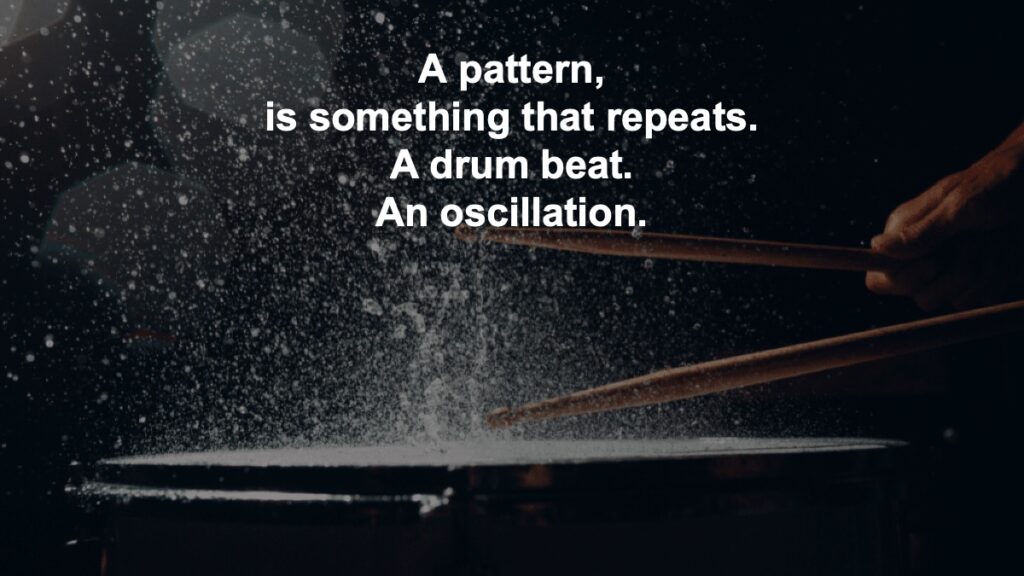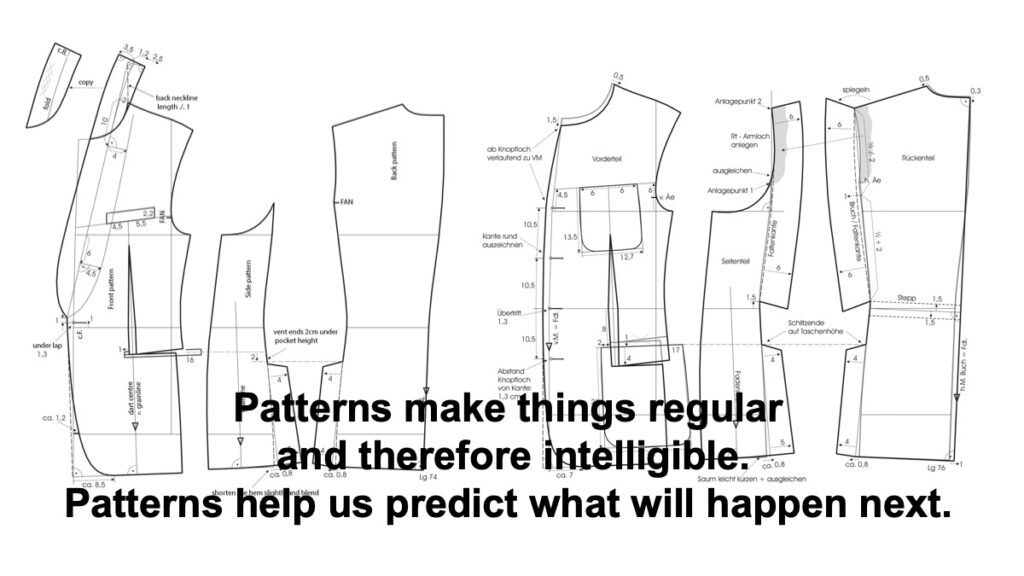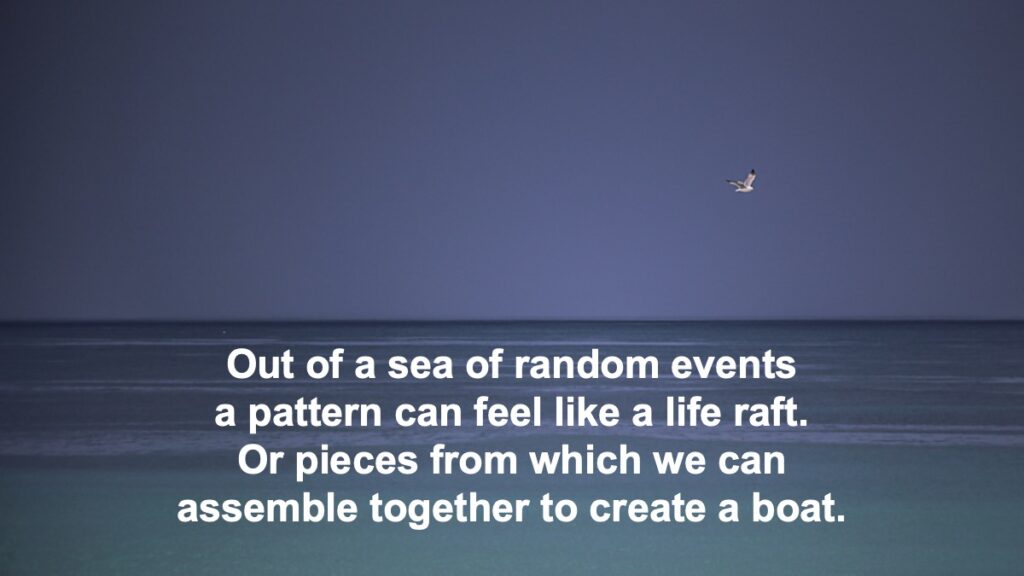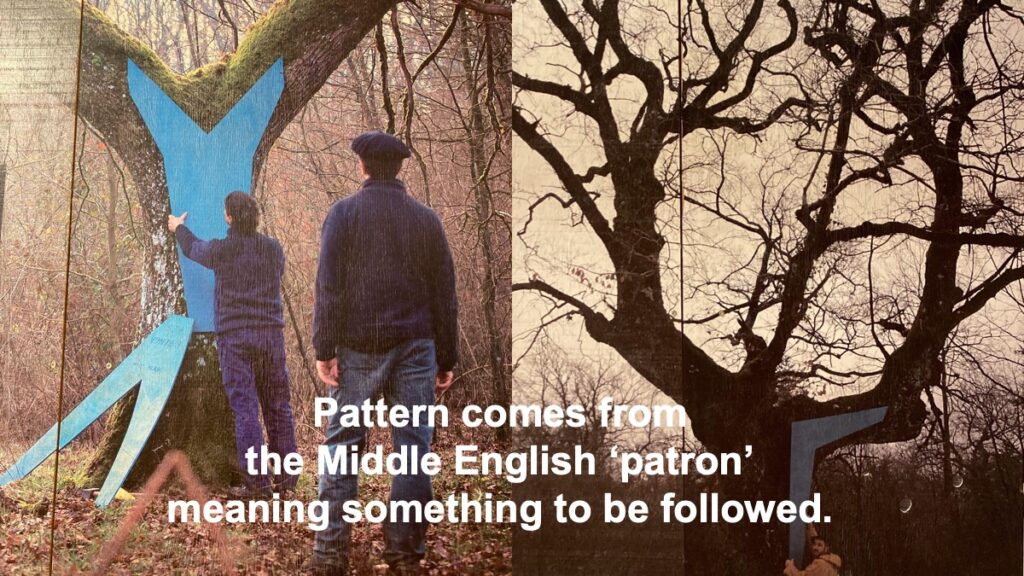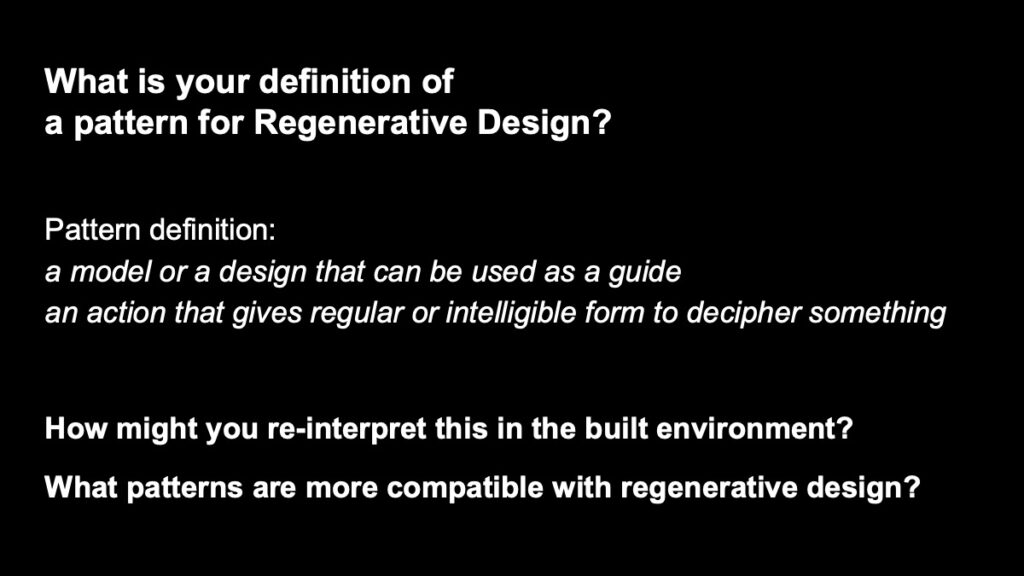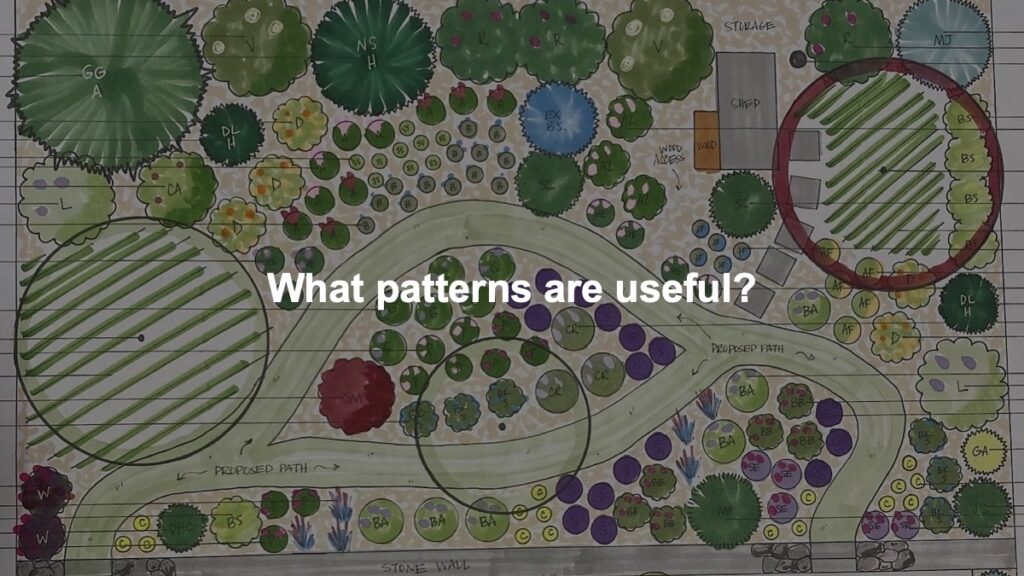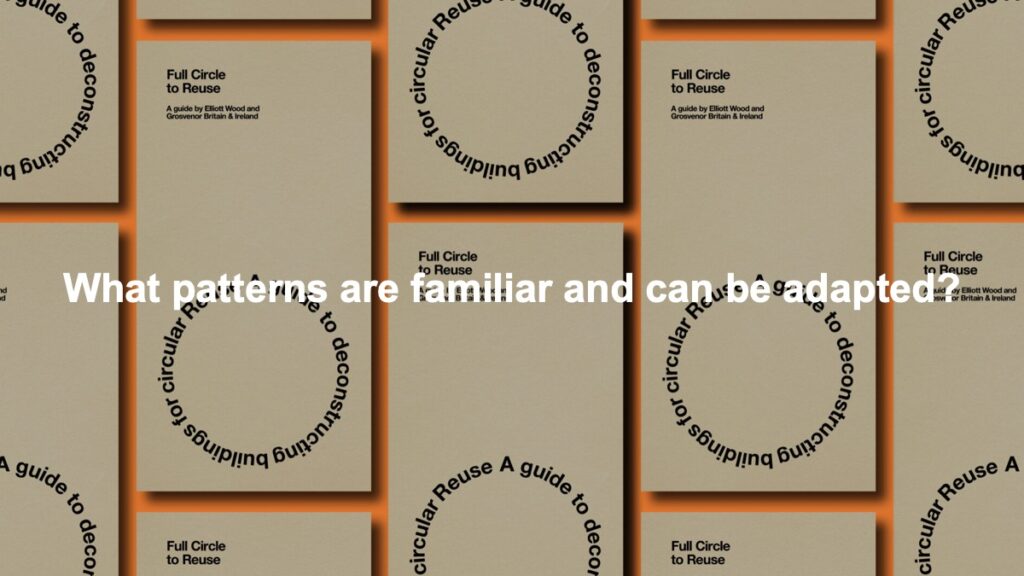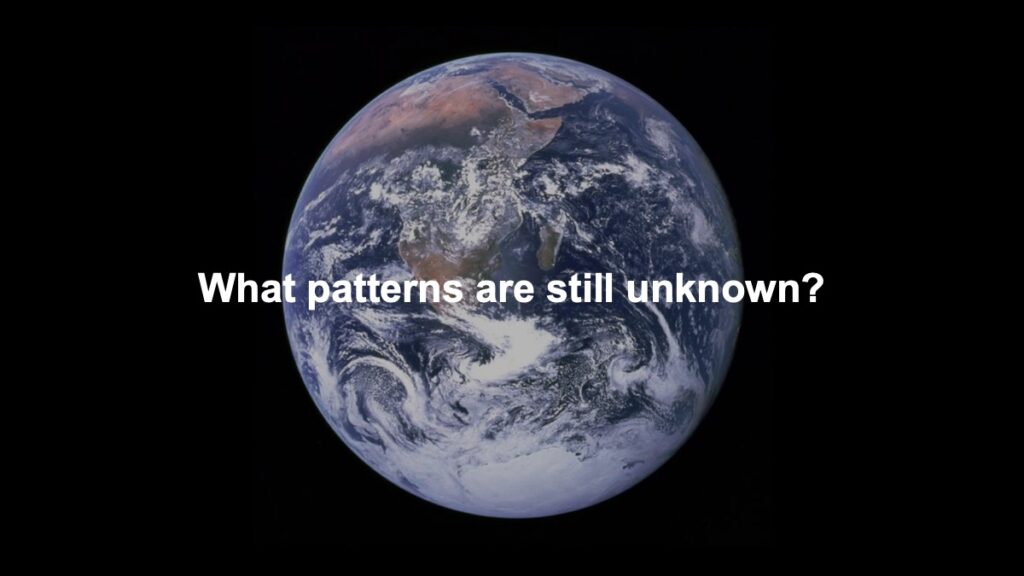The Pattern Book is an emergent, workbook of tools, techniques and resources to guide designers, working in the built environment, to talk about, activate and apply new, regenerative design principles in practice.
Aims and context:
1] Develop a collection of tools, techniques and resources, available under Creative Commons, that supports engineers, architects and other designers in the built environment and their connecting networks – clients, collaborating designers, contractors, policy makers etc. make the shift to a regenerative paradigm.
2] Engage the Regenerative Design Lab network to develop specific tools, techniques and/or resources that support them to apply regenerative design principles in practice, and that can be shared with others via The Pattern Book.
3] Through the process of developing The Pattern Book demonstrate the principles of a regenerative brief in action (creating interconnection, unlocking symbiosis and enabling self-organisation).
4] The OED says the word pattern comes from the Middle English ‘patron’ meaning something to be followed. A pattern can be defined as: ‘a model or a design that can be used as a guide’ or ‘an action that gives regular or intelligible form to decipher something’. It can be created by individuals or in groups, communicated through an essay, podcast, video, how-to guide, graph, series of sketches, a step-by-step set of instructions, a card deck, diagram etc. and it will be peer-reviewed.
Process:
- Create an ‘ecosystem’ for developing The Pattern Book that engages all Regenerative Design Lab cohort participants
- Collectively develop a framework within which self-selecting teams can create a tool, technique or resource
- Enable a peer-review system for validating and testing a tool, technique and/or resource before it becomes a pattern
- Propose an online and physical format for The Pattern Book.
References:
- People & Permaculture – Looby Macnamara
- Grapefruit – Yoko Ono
- Oblique Strategies
- Lean Logic – David Fleming
- Three Horizons – The patterning of Hope by Bill Sharpe
- A pattern language – Christopher Alexander
- The Regenerative Structural Engineer – Oliver Broadbent & James Norman
Section 4.1 : Patterns of ecology, materials, vernacular architecture, local economy
Programme:
- Kick off: CRDL Summer Gathering – June 2024
- Apply the lunar sprint calendar and set cycles of 3 lunar months
- Deadline for finished Workbook/s – end of Cohort 4 – May 2025
Inspiration:

